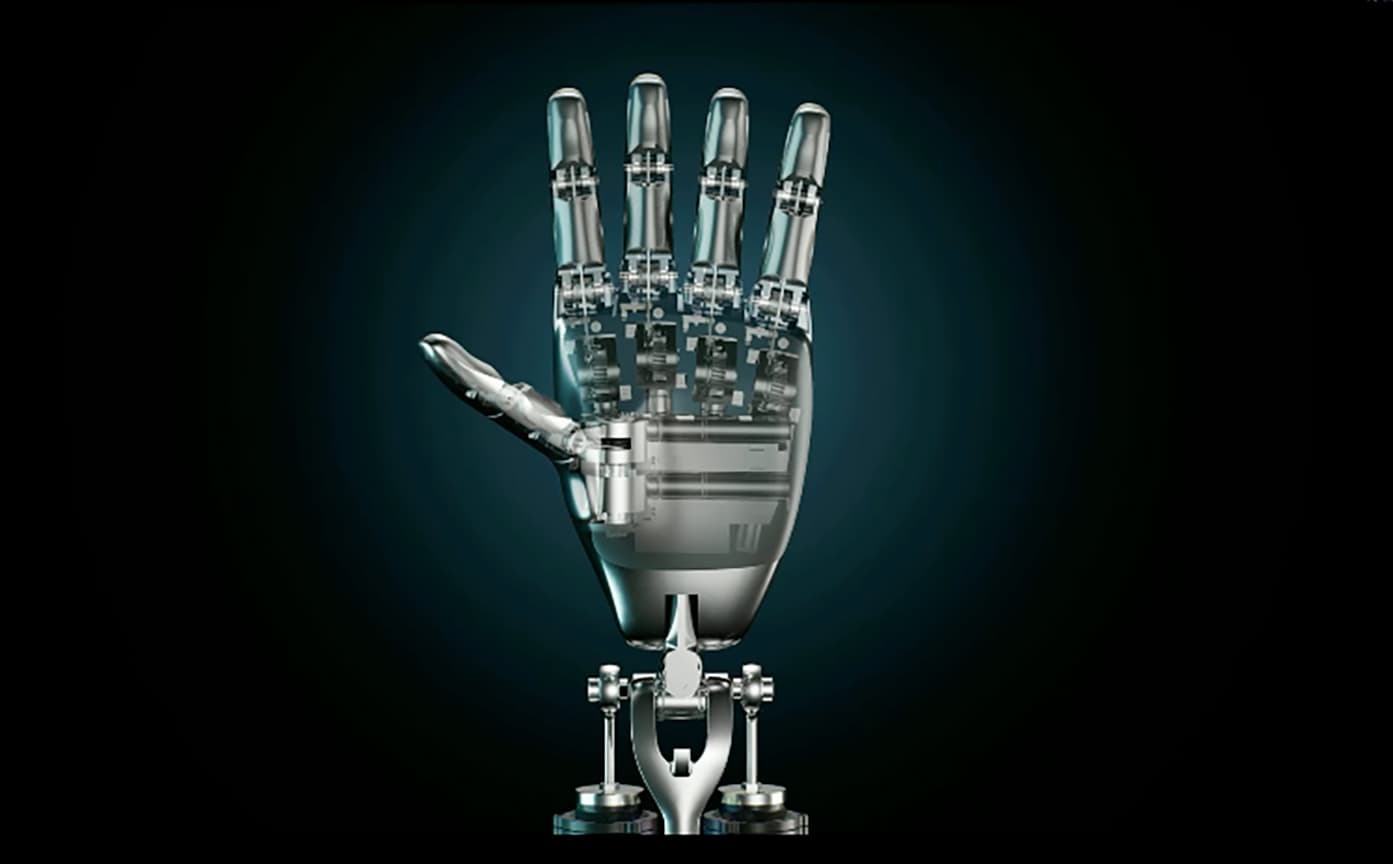Optimus Robot's Hands Pose "Incredibly Difficult" Engineering Challenge for Tesla

Austin, Texas – Tesla CEO Elon Musk has underscored the immense engineering complexity involved in developing the hands for the company's humanoid robot, Optimus, stating that the dexterity required for these appendages surpasses the difficulty of the entire rest of the robot. This revelation comes amidst reports of a temporary halt in Optimus's mass production as Tesla engineers work to perfect the design of its upper limbs.
"I don’t want to downplay the difficulty of Optimus. It’s an incredibly difficult thing, especially to create a hand that’s as dexterous and capable as the human hand, which is incredible," Musk reportedly said, according to a tweet from @TeslaPodcast on October 22, 2025. He further elaborated, "The Optimus hand and forearm are an incredibly difficult engineering challenge. The hand and forearm are more difficult than the entire rest of the robot."
Recent reports indicate that Tesla has paused the mass production of Optimus, with hundreds of partial robot bodies awaiting completion, due to ongoing design issues with the hands and arms. Engineers have reportedly encountered reliability problems during durability testing, including overheating motors, weak grip strength, and frequent joint failures, necessitating a redesign of these critical components. The company had initially aimed to produce thousands of Optimus units by late 2025 for deployment in its factories.
Despite these challenges, Tesla has made significant advancements in Optimus's hand capabilities. The Gen 3 version reportedly features refined hands capable of replicating the mechanical structure and movement of a human hand, enabling tasks like holding a pen, chopping vegetables, or tying shoelaces. These upgrades include 42 independently controlled joints and built-in tactile neural networks that allow the robot to sense temperature, pressure, and surface texture.
Musk envisions Optimus playing a central role in a future of "sustainable abundance," where robots eliminate poverty and democratize access to advanced healthcare, with Optimus potentially becoming "an incredible surgeon." Tesla's long-term strategy involves leveraging data from initial Gen 3 deployments to further refine Gen 4 and Gen 5, aiming for fully autonomous robots capable of navigating complex, unstructured environments beyond factory settings. The company's commitment to vertical integration, including designing its own AI chips like the upcoming AI8 for future Optimus generations, highlights its ambitious trajectory in the robotics sector.